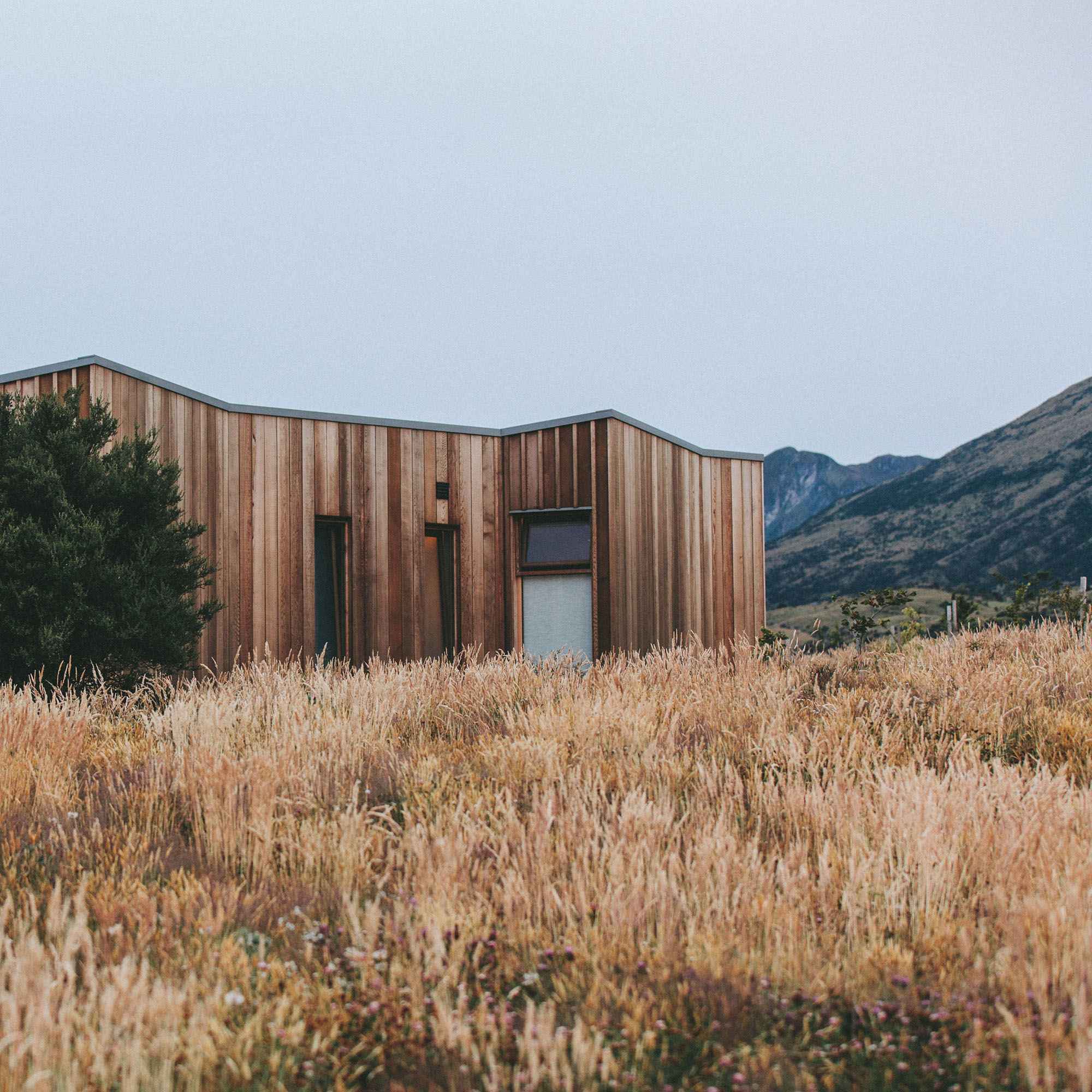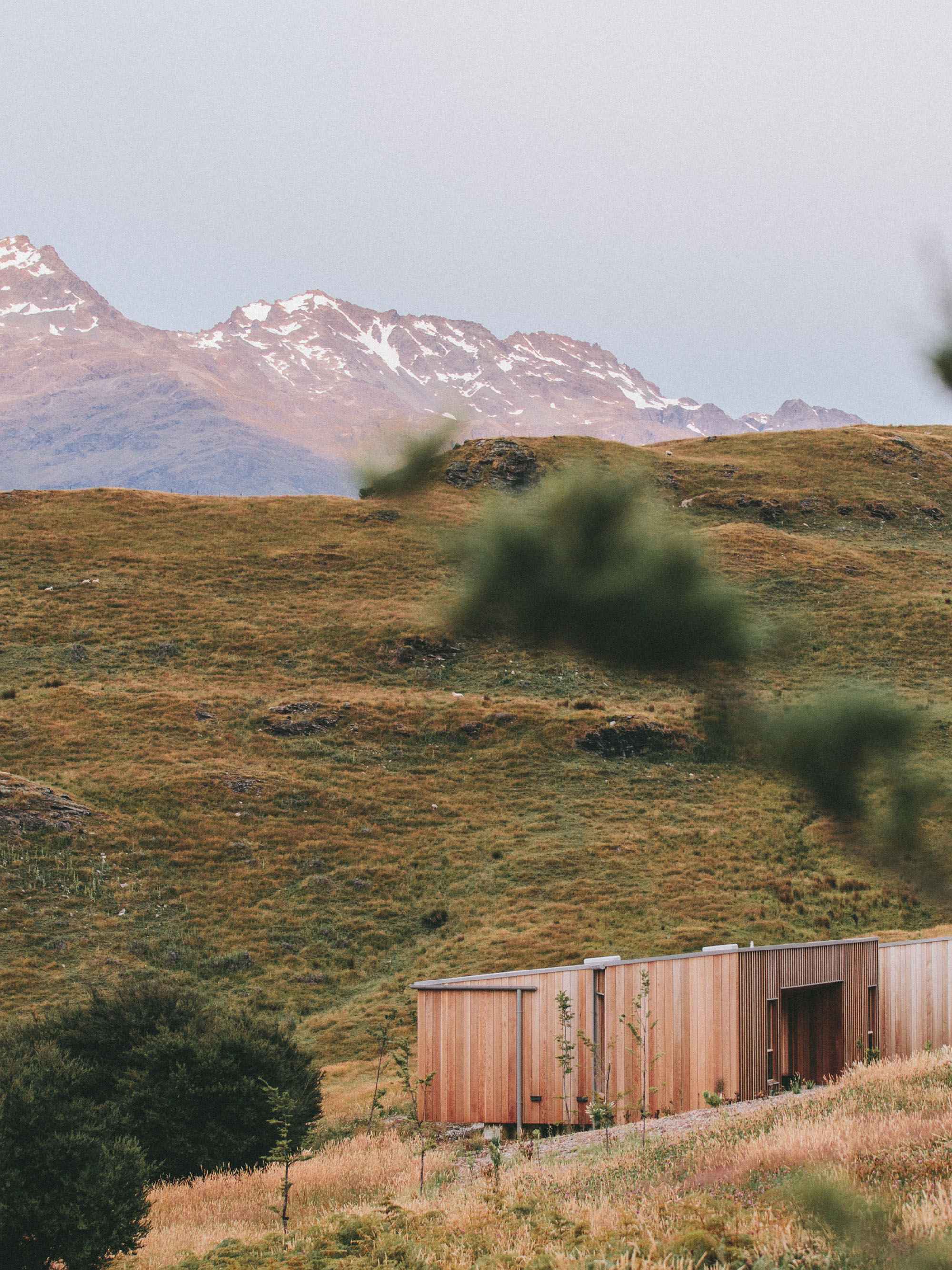Tesla Robotaxi: Austin Launch Breakdown
Exponential neural net gains in vision-only autonomy finally deliver unsupervised rides, slashing costs below Uber while outpacing Waymo's lidar setup—unlocking trillions in ride-hail revenue.
Key Takeaways
Tesla's camera-based FSD hits superhuman safety faster than text AI analogs like AlphaGo, enabling 10x fleet growth in months.
South Austin geofence starts small but expands to 171 square miles, surpassing Waymo with 2 million app downloads on public launch.
Pricing starts at market average, then drops 20% to drive adoption; invite-only early access prioritizes feedback over volume.
Safety monitors fade out in 18 months, hitting tens of thousands of vehicles with minimal remote oversight—80% confidence.
Robotaxi boosts FSD take rates and Model Y sales, turning $38K vehicles into autonomous earners via owner fleet opt-ins.
Tesla's Austin pilot kicks off with Model Ys navigating South Congress autonomously, monitored remotely but driverless upfront. Neural nets process video inputs at densities rivaling early internet bandwidth leaps, proving vision-only works where lidar bloats costs. Eight years of data hoarding yields rides safer than humans, with exponential jumps mirroring chess engines—from laggy to godlike overnight.
Skeptics cite delays, but prototypes like Waymo's 3,000-car add-on pale against Tesla's line-ready hardware. Network effects lock in dominance: lower wait times, zero driver rudeness, and privacy premiums pull 54% of riders, per surveys. Vandalism risks loom, yet blending into 2 million Model Ys dodges protests better than flashy pods.
Scaling hits 100 vehicles by year-end, public app live since September 4, with waitlists surging. Owners join fleets late 2026 in Texas first, earning passive income. This isn't hype—it's production-hardened AI, priming bots for labor disruption and $40T global GDP slice.
LATEST VIDEOS



Quisque iaculis facilisis lacinia. Mauris euismod pellentesque tellus sit amet mollis.